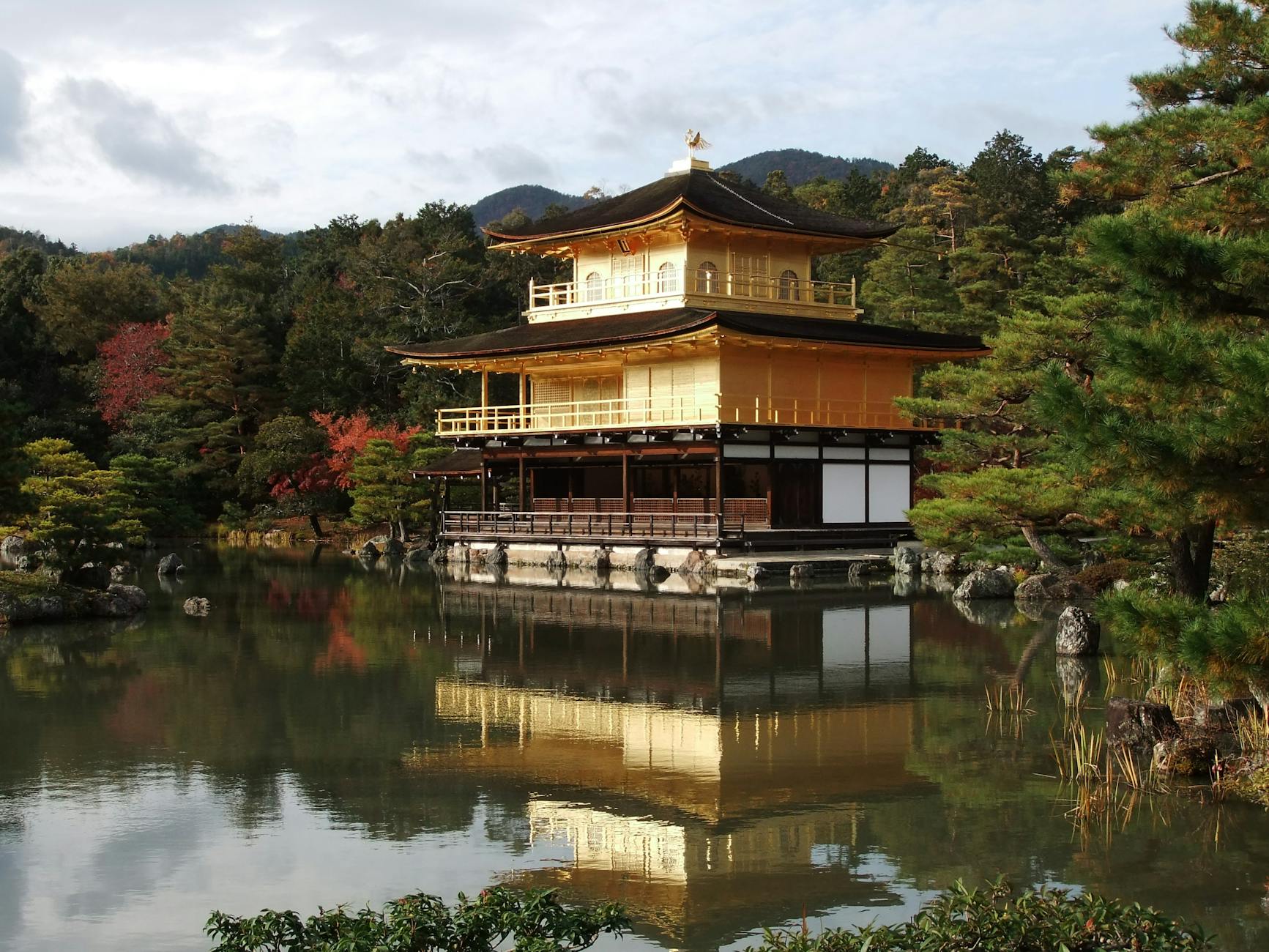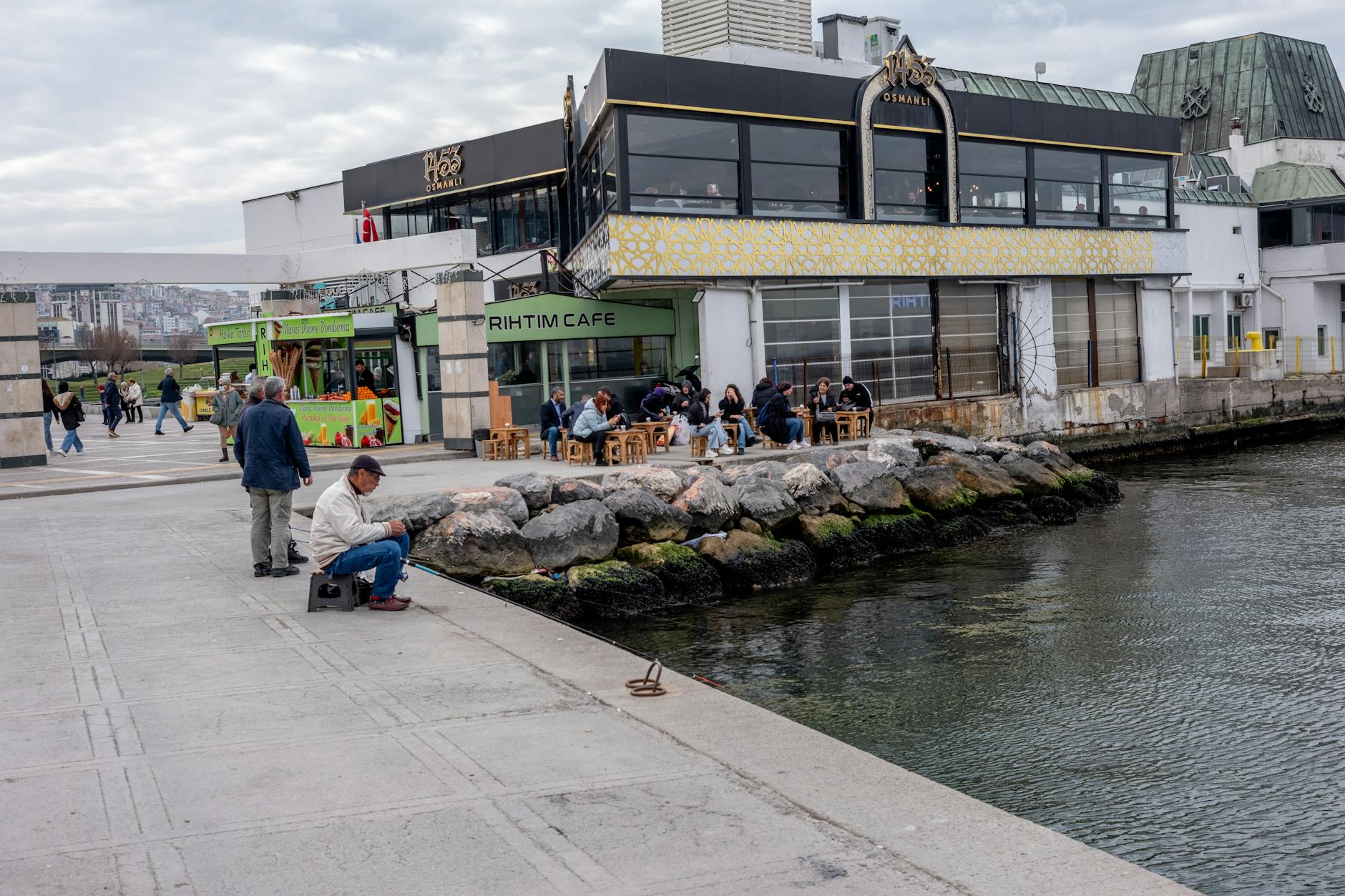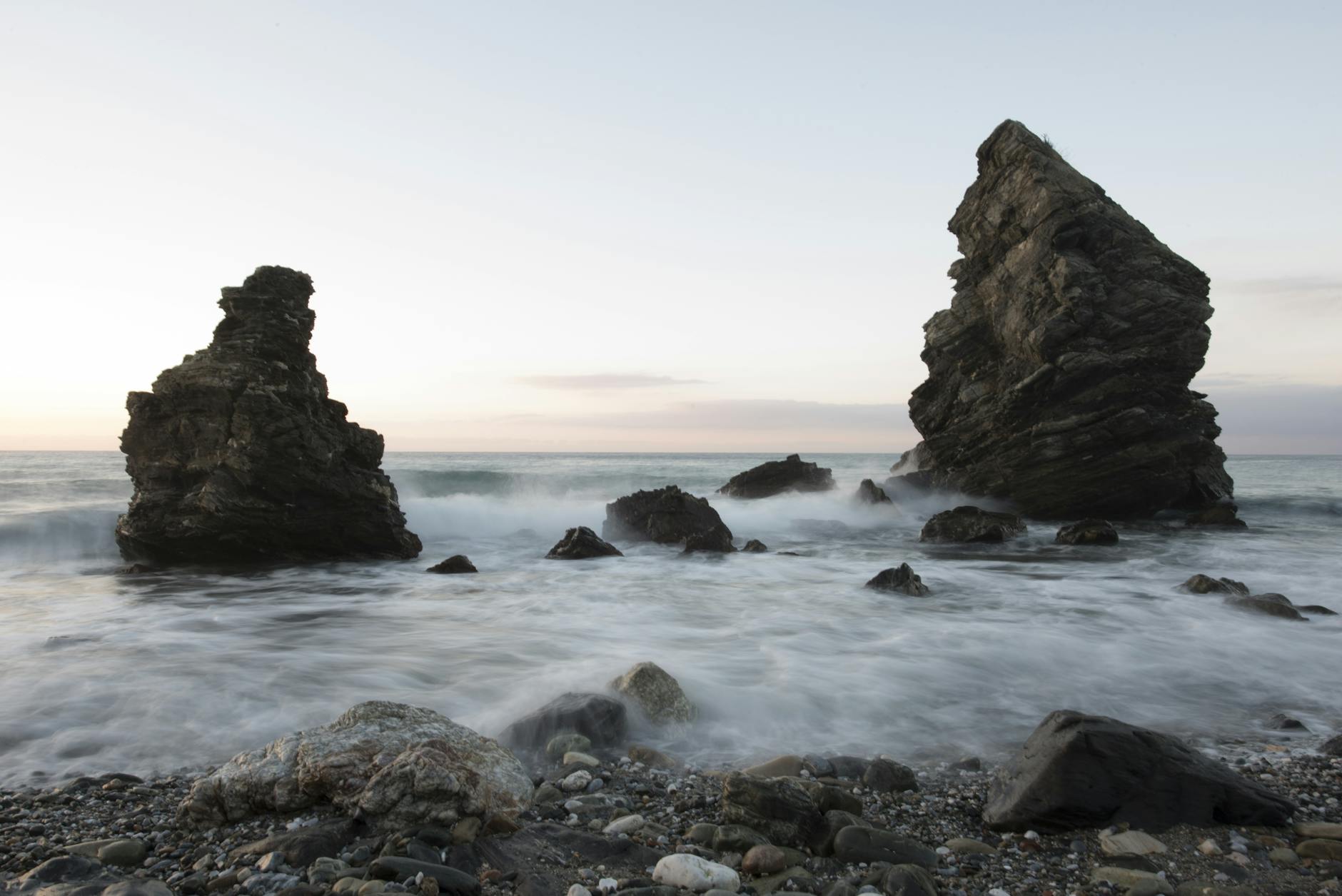What Makes Australia's Biodiversity a Conservation Success Story

Australia's Unique Biodiversity
Exploring Australia's unique biodiversity is akin to visiting an outdoor museum, replete with a wide array of endemic species and diverse ecosystems. This richness not only attracts locals but also draws wildlife photographers and conservationists worldwide eager to capture and conserve these remarkable environments. The Royal Botanic Gardens Victoria, a testament to Melbourne's commitment to biodiversity, showcases Australia's distinctive flora while offering conservation insights for those passionate about preserving nature.
Endemic Species Landscape
Australia is home to an astonishing number of endemic species, many of which are found nowhere else on Earth. From the iconic kangaroo and koala to lesser-known creatures like the quokka and numbat, these animals have adapted to their unique surroundings over millions of years. For wildlife photographers like Martin Nguyen, these endemics provide a wealth of subjects that highlight the importance of habitat preservation, similar to his tanzania safari adventures.
Diverse Ecosystems and Habitats
Australia boasts a diverse range of ecosystems, from arid deserts to lush rainforests. This biodiversity supports a wide array of wildlife and offers countless opportunities for conservation-focused photography and storytelling. Much like the rich biodiversity found on a Kenya safari, Australia's ecosystems require careful study and preservation to ensure they continue to thrive for future generations.
Iconic Australian Wildlife
The enchanting biodiversity of Australia extends to its iconic wildlife, capturing the imagination of adventurers and conservationists alike. As Martin shares his images of elephants from a Tanzania safari, he views Australia's kangaroos and platypuses with equal wonder, understanding the critical need for ethical and sustainable tourism to protect these precious species. Whether in Africa or Australia, promoting cuba travel with a focus on conservation ensures these animals have a fighting chance amidst the challenges they face. By focusing on education and ethical practices, we can help safeguard Australia's natural treasures for the enjoyment and inspiration of generations to come.
Successful Conservation Approaches
Community-Driven Initiatives
In Melbourne, just as the CERES Community Environment Park champions sustainable initiatives, similar efforts across Africa exemplify the power of community-driven conservation. Local communities play a pivotal role in protecting biodiversity by engaging in various conservation activities tailored to their unique environments. In places like Kenya, collaboration with native communities is key, ensuring they receive education and sustainable resources to protect their habitats without compromising their livelihood. This synergy is vital for creating responsible kenya tours that align with eco-tourism principles.
Government and NGO Partnerships
In pursuing sustainable conservation goals similar to those seen at Royal Botanic Gardens Victoria, robust partnerships between governments and NGOs are instrumental. These collaborations in Africa enable efficient pooling of resources, expertise, and funding to address pressing environmental issues effectively. For example, joint operations can bolster africa tours that prioritize conservation, ensuring travelers’ experiences support local economies and wildlife protection.
Scientific Research and Innovations
Scientific research drives the innovation wave in conservation, much like programs at Yarra Bend Park advance biodiversity understanding. Across Africa, cutting-edge research fosters sustained conservation efforts, leading to initiatives like zimbabwe tours focusing on sustainable tourism models. For instance, technology such as GPS tracking and data analytics informs efforts to protect migratory paths and habitats, optimizing how researchers and policymakers craft conservation strategies.
Conservation Challenges
Invasive Species Impact
Invasive species present a significant challenge to Australia's unique ecosystems. From the notorious cane toads to the relentless spread of rabbits, these species have altered native habitats and outcompeted indigenous wildlife for resources. Their proliferation often leads to a decline in biodiversity, as they pose threats to survival and reproduction rates of endemic species. Protecting Australia's biodiversity requires concerted efforts like ongoing monitoring measures and control programs similar to those seen at the Royal Botanic Gardens Victoria, renowned for its conservation insights.
Climate Change Threats
Climate change is reshaping ecosystems worldwide, and Australia's is no exception. Increased temperatures, altered rainfall patterns, and extreme weather events are contributors to changing habitats, affecting both flora and fauna. The sustainability challenges are manifold; for instance, altered water availability impacts species like the koala, who rely heavily on eucalyptus leaves. Agencies collaborate to assess and mitigate these impacts, learning from sustainable initiatives at the CERES Community Environment Park, a pivotal example of resilience planning in urban settings.
Habitat Fragmentation Issues
One of the most pressing issues is habitat fragmentation, where development and land use changes have carved natural landscapes into isolated patches. This disruption hinders species migration and gene flow, which are critical for survival. Fragmented habitats are particularly problematic for wide-ranging animals, such as kangaroos and emus, making conservation corridors indispensable. They serve as lifelines that maintain biodiversity and ecosystem integrity. Ongoing habitat restoration efforts echo the biodiversity programs at the Yarra Bend Park, illustrating effective strategies for reconnecting habitats. Engaging in antarctica cruises and namibia tours can offer insights into global conservation strategies and their applications closer to home.
Celebrating Success Stories
Recovery of Endangered Species
As an eco-conscious explorer attuned to the nuances of biodiversity, celebrating the recovery of endangered species holds a cherished place in my advocacy journey. In Australia, dedicated efforts in species restoration exemplify how targeted actions can lead to notable successes. Species like the Western Swamp Tortoise have slowly returned from the brink of extinction due to intense conservation programs by both local communities and various stakeholders who strive to ensure the species’ survival through concerted habitat protection and breeding initiatives.
Restoration of Critical Habitats
The restoration of critical habitats is another shining example that emphasizes the resilience of nature when given a helping hand. Many Australian initiatives focus on reforestation and wetland recovery efforts that create safe havens for native flora and fauna, enabling them to flourish once more. By focusing on the natural rewilding and recovery of such environments, we safeguard their complex ecosystems, allowing intricate webs of life to be maintained and rendered sustainable for future generations. Such habitat restoration embodies an african tours ethos that recognizes nature’s self-healing ability when minimally disrupted by human intervention.
Indigenous Knowledge Contributions
Reflecting on the collective wisdom shared by Indigenous communities illuminates a path toward sustainable stewardship. Their deep-rooted understanding of the land contributes immensely to modern conservation practices. By integrating Indigenous knowledge into the wider conservation framework, particularly in relation to phenomena such as an africa safari, more balanced and inclusive restoration outcomes are achieved, ensuring that conservation efforts are enriching both for biodiversity and cultural heritage. Through these collaborative endeavors, we see how culturally informed approaches can bolster our ecological networks’ resilience.
Best Practices for Continued Success
Prioritizing Sustainable Land Management
In our quest to preserve Australia's rich biodiversity, adopting sustainable land use is a critical strategy. One potent example can be seen in the initiatives at the CERES Community Environment Park. By promoting practices like regenerative agriculture and permaculture, we lay a foundation for ecological balance and resilience against environmental threats. It’s about shifting our focus from mere conservation to enhancement, allowing native species to flourish. Employing sustainable farming methods can dramatically decrease habitat destruction and reduce the ecological footprint, aligning our activities with wider conservation efforts.
Enhancing Public Education and Awareness
Awareness is the catalyst that propels conservation efforts into the mainstream. Institutions like the Royal Botanic Gardens Victoria have championed educational programs that promote biodiversity and conservation knowledge. By engaging adults aged 31-45, who often hold decision-making roles, we reinforce the importance of preservation and the need for proactive measures. Public education campaigns can highlight the role each individual plays in protecting threatened species and natural habitats.
Bolstering International Collaborations
Strengthening global partnerships is essential to tackle challenges that transcend borders, such as invasive species. Australia has made strides in fostering international biodiversity programs, aiming to exchange insights and conduct joint research. Collaborations can lead to innovative solutions that benefit global ecosystems, improving responses to climate change and habitat fragmentation. By learning from international success stories, like the conservation efforts at Yarra Bend Park, we can better strategize future initiatives. Through these collaborations, we ensure a more cohesive approach to protecting our planet's biodiversity.


